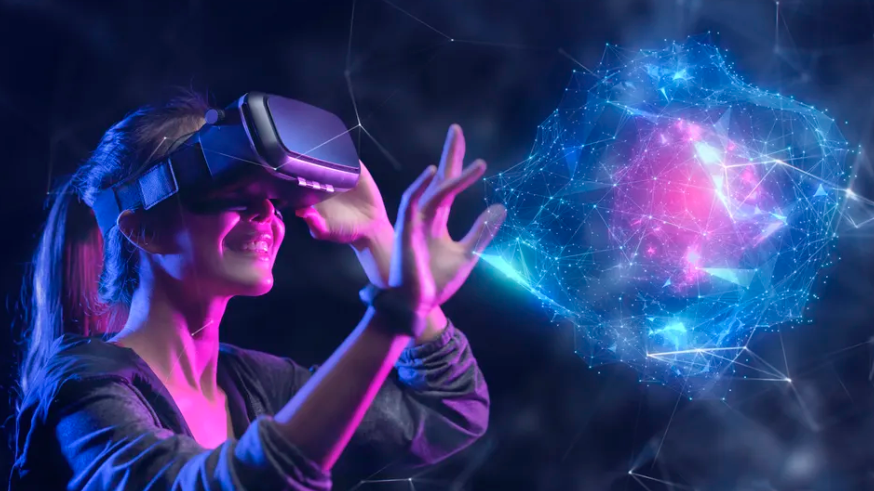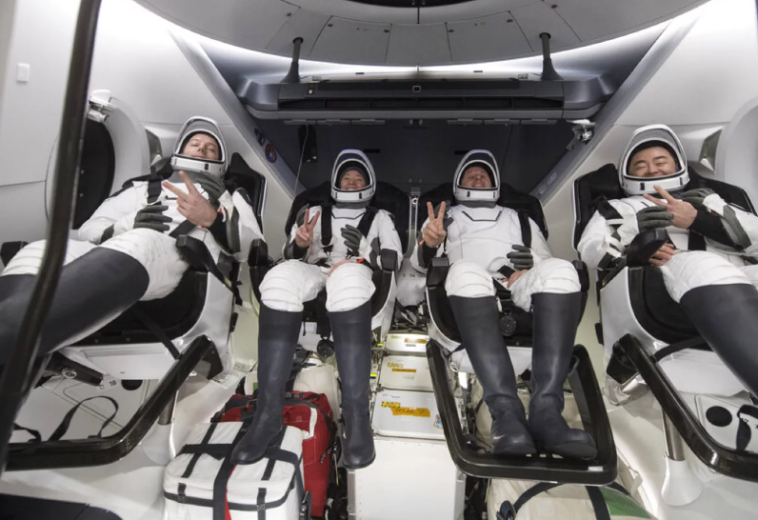The world of virtual reality (VR) is evolving rapidly, with new releases that promise to revolutionize the way users interact with digital environments. The latest VR glasses and headset systems offer improved visuals, enhanced comfort, and cutting-edge features that cater to both gaming enthusiasts and professional users. These advancements are pushing the boundaries of immersive technology and transforming industries from entertainment to healthcare.
Next-Gen Visual Clarity and Immersion
The most significant upgrades in the new VR glasses and headset systems revolve around visual quality. Many of the latest devices feature high-resolution displays with increased pixel density, ensuring sharper and more realistic visuals. Some systems now boast 4K resolution per eye, providing users with an incredibly detailed and immersive experience.
In addition to improved resolution, advancements in field of view (FOV) and refresh rates are creating smoother and more immersive environments. For example, new systems are offering FOVs of up to 120 degrees, coupled with refresh rates exceeding 120Hz, which reduces motion sickness and enhances the sense of presence in virtual worlds.
Lightweight and Comfortable Designs
One of the major challenges in early VR devices was the bulkiness and discomfort during extended use. Recent releases have addressed these concerns by introducing lightweight and ergonomically designed headsets. These systems use advanced materials, such as carbon fiber or lightweight plastic, making them more comfortable for long sessions.
Furthermore, adjustable head straps and customizable face cushions provide a more personalized fit, reducing pressure points and enhancing user comfort. This is especially beneficial for professionals who use VR for extended periods, such as in virtual training simulations or remote collaboration.

Advanced Tracking and Hand Interaction
Another key feature of the latest VR systems is their improved tracking and hand interaction capabilities. Advanced inside-out tracking eliminates the need for external sensors, making setup quicker and more intuitive. Additionally, some systems now feature full hand-tracking technology, allowing users to interact with virtual environments naturally, without the need for controllers.
The integration of haptic feedback is also a game-changer. New VR gloves and controllers can provide tactile feedback, making virtual interactions feel more lifelike. This is particularly useful for applications in virtual training, design, and gaming, where precise interaction is crucial.
Applications Beyond Gaming: A Broader Scope
While gaming remains a primary focus for VR development, the latest headset systems are also being adopted in other industries. Healthcare, for instance, is using VR for surgical training and rehabilitation therapy. Education is another sector where immersive VR learning environments are gaining traction, allowing students to explore complex subjects in interactive 3D worlds.
The workplace is also benefiting from VR advancements, with companies using the technology for remote collaboration, virtual meetings, and employee training.











Kevin Antony
Lorem ipsum dolor sit amet, consectetuer adipiscing elit. Phasellus hendrerit. Pellentesque aliquet nibh nec urna. In nisi neque, aliquet vel, dapibus id, mattis vel, nisi. Sed pretium, ligula sollicitudin laoreet viverra, tortor libero sodales leo, eget blandit nunc tortor eu nibh. Nullam mollis. Ut justo.
Liza Rose
In enim justo, rhoncus ut, imperdiet a, venenatis vitae, justo. Nullam dictum felis eu pede mollis pretium.
Liza Rose
Donec quam felis, ultricies nec, pellentesque eu, pretium quis, sem. Nulla consequat massa quis enim. Donec pede justo, fringilla vel, aliquet nec, vulputate eget, arcu. In enim justo, rhoncus ut, imperdiet a, venenatis vitae, justo. Nullam dictum felis eu pede mollis pretium.